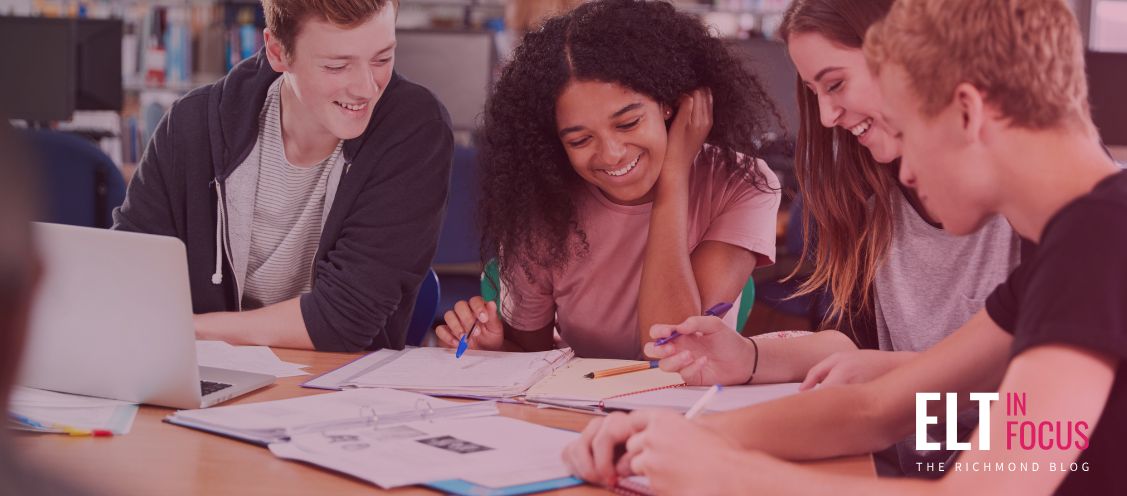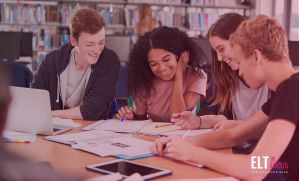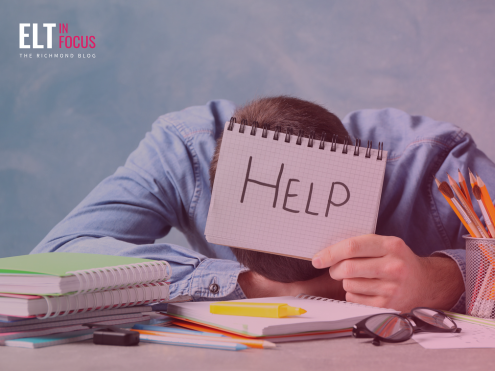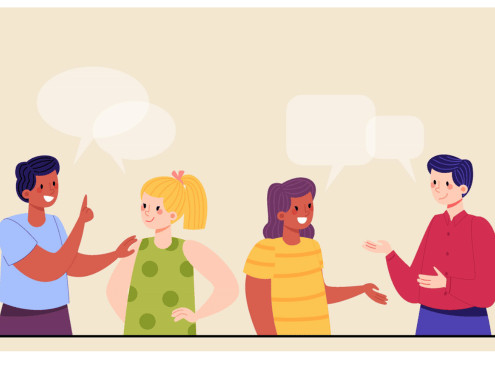In Spain, the new education law, LOMLOE, focuses on putting students at the center of their own learning. It’s all about encouraging autonomy, creativity, and initiative through active methods like PBL. With this approach, students dive headfirst into hands-on projects, where they work together to solve problems, investigate, and apply what they’ve learned in class. Projects can cover just about any topic and are designed to build skills across the board.
At Richmond, we have had PBL on the radar for a while now. Our curriculum and bonus materials are designed to teach skills as well as content. Why not try a group project with your students this month? Find out how below...
Why PBL rocks:
PBL isn’t just about learning facts—it’s about developing a whole range of skills. When students work together on a project, they get better at collaborating, communicating, and solving problems—all while having fun.
The fact that they’re working on real-world challenges means they get to flex their critical thinking and creativity muscles. Since it’s more hands-on, students tend to be more motivated and engaged.
And let’s not forget the best part—finishing the project! When students see a tangible, real-world result from their efforts, they feel a real sense of accomplishment. It boosts their confidence and keeps them excited to learn more.
How PBL works:
PBL has a clear structure, with three key phases:
- Planning phase: This is where you figure out the challenge, define the project question, set learning goals, decide on the final product, and map out the activities, group roles, and how everything will be evaluated.
- Implementation phase: The fun begins! Students dive into research, gather info, complete tasks, create their final product, and present it to the class.
- Evaluation phase: Time to reflect. Students can evaluate themselves, get feedback from their peers, and, of course, hear from the teacher.
PBL is more than just an educational approach—it’s a transformative way to engage students and prepare them for the future. By fostering creativity, collaboration, and critical thinking, PBL helps students develop the skills they need to succeed in both the classroom and beyond. At Richmond, we’re excited to continue embracing PBL as a key part of our teaching philosophy, and we encourage you to try it out in your own classroom. After all, the best way to learn is by doing—and the possibilities are endless when students are given the chance to take charge of their learning.









